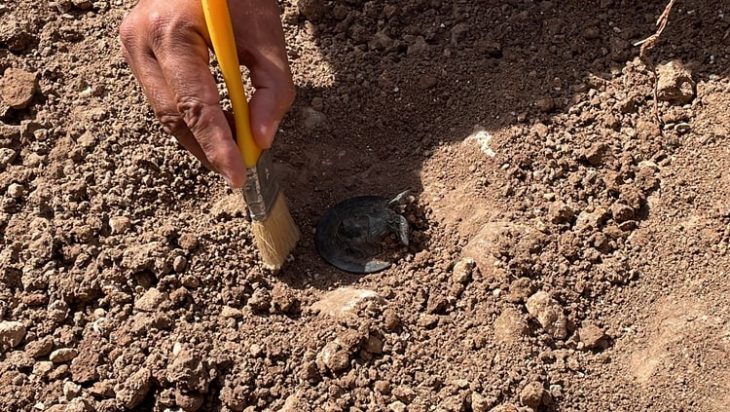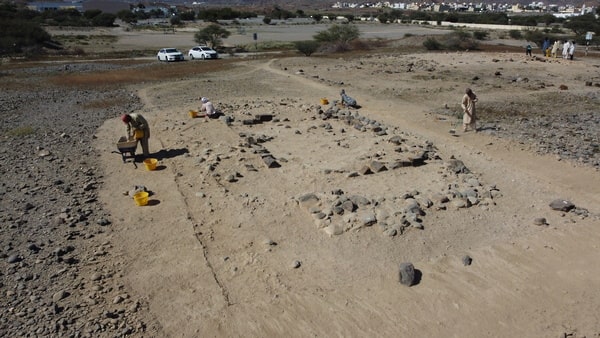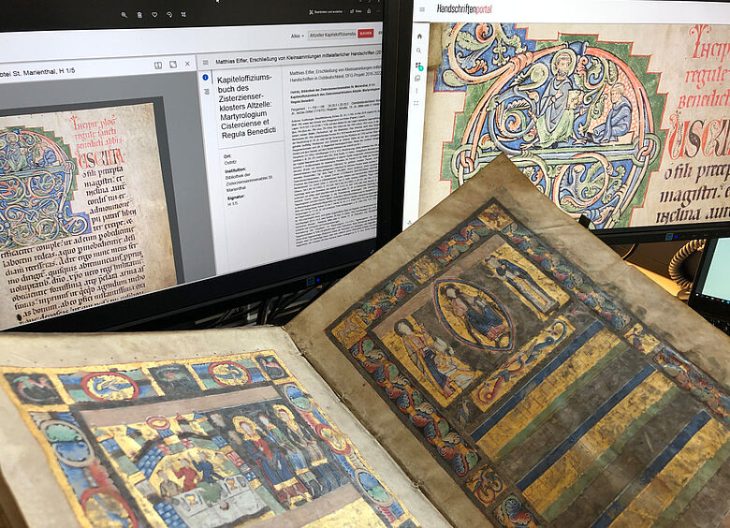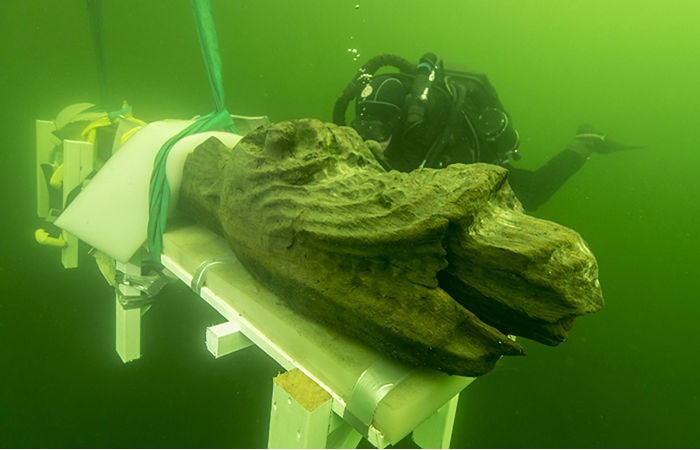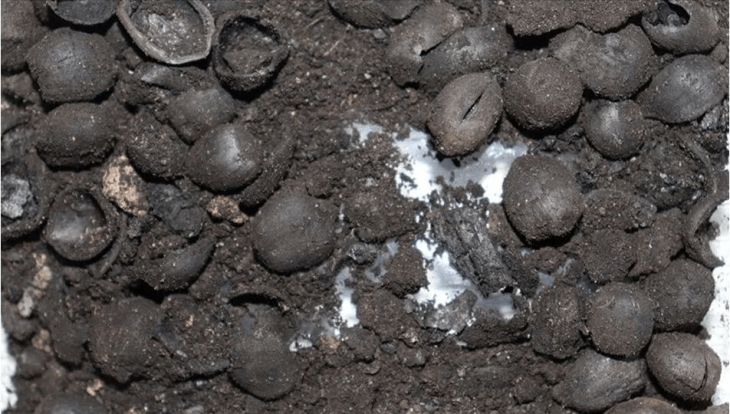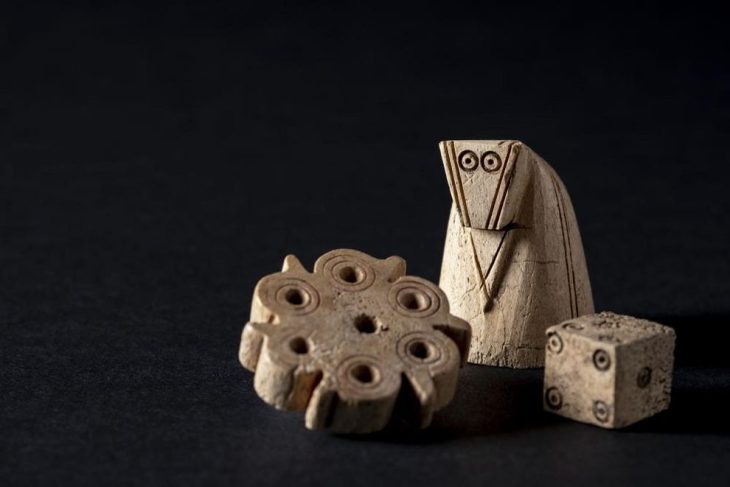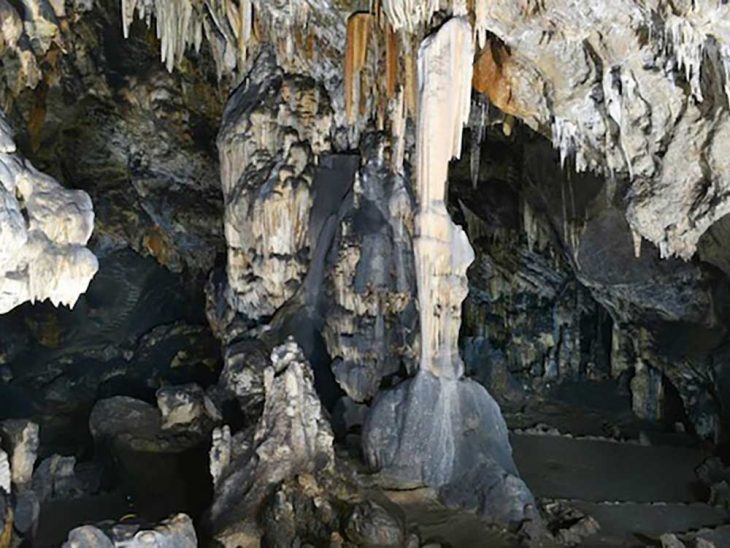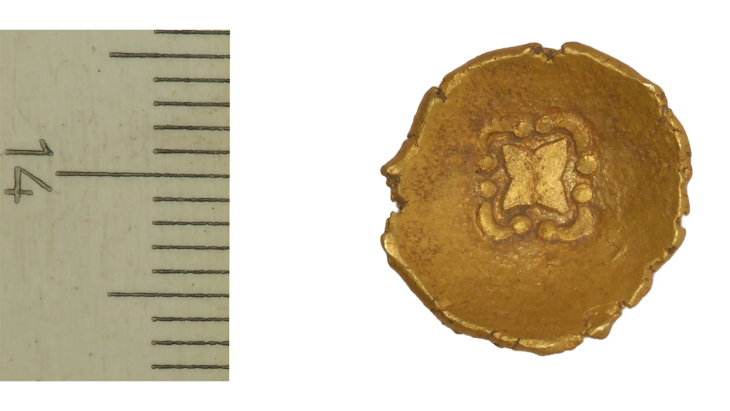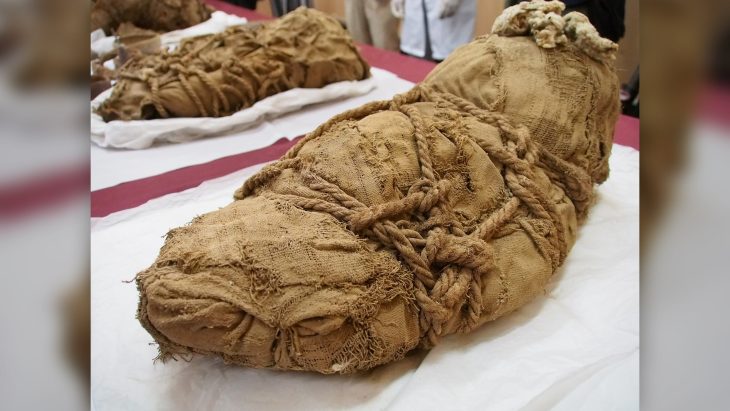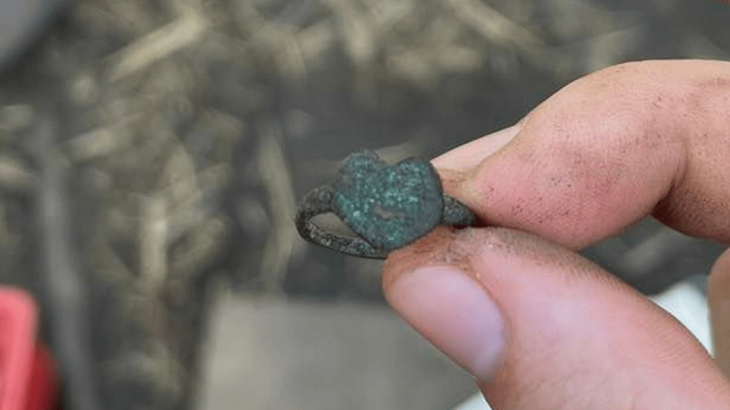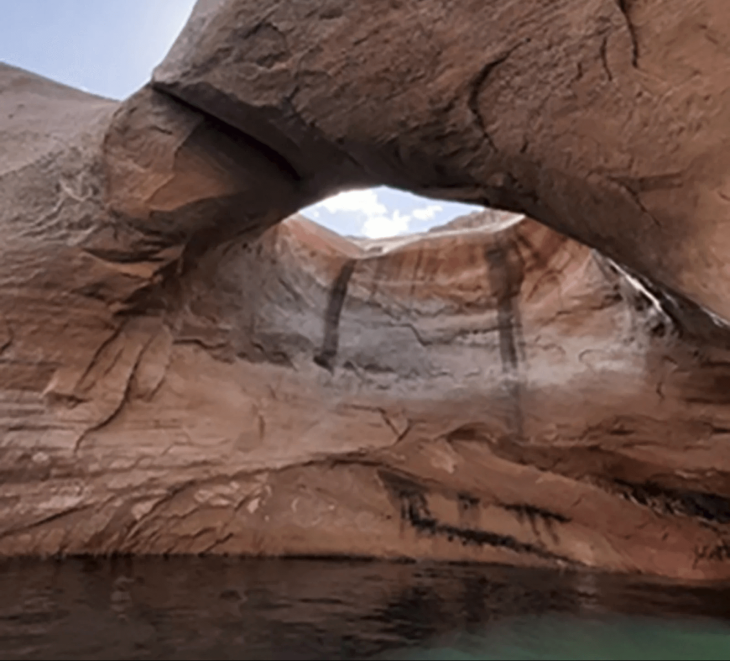A recent study analyzing 30 ancient skeletons from the Abu Fatima cemetery in Nubia, Sudan, has revealed that women in this region were using tumplines—head straps designed to carry heavy loads—around 4,000 years ago. This discovery marks the earliest known evidence of tumpline use.
“The use of tumplines by Nubian women to carry baskets with children can be interpreted as a traditional Nubian body technique for load carrying since neither Egyptian nor Levantine women are depicted using tumplines,” the study authors said.
The skeletal remains, consisting of 14 females and 16 males, were examined for signs of tumpline use. Researchers found clear indicators of head strap usage on the female skulls, while no such markers were observed on the male skeletons. This suggests that women were primarily responsible for carrying heavy goods and children, a practice that continues in various cultures today, particularly in rural areas of Africa, Nepal, and northeast India.
The research team, led by bioarchaeologist Jared Carballo-Pérez from the Autonomous University of Barcelona, focused on skeletal stress indicators in the skulls and neck vertebrae. They identified specific wear patterns consistent with the use of tumplines, indicating that women frequently carried substantial weights. The findings revealed distinct degenerative changes in the cervical vertebrae of women, suggesting prolonged use of head straps, while men exhibited changes primarily in the shoulder region, indicating different load-carrying techniques.
“If these women simultaneously carried additional loads alongside the children, the total weight they bore could have been heavier. For anatomic changes to leave traces on the bones, an extended period of near-constant carrying would be required,” the researchers note.
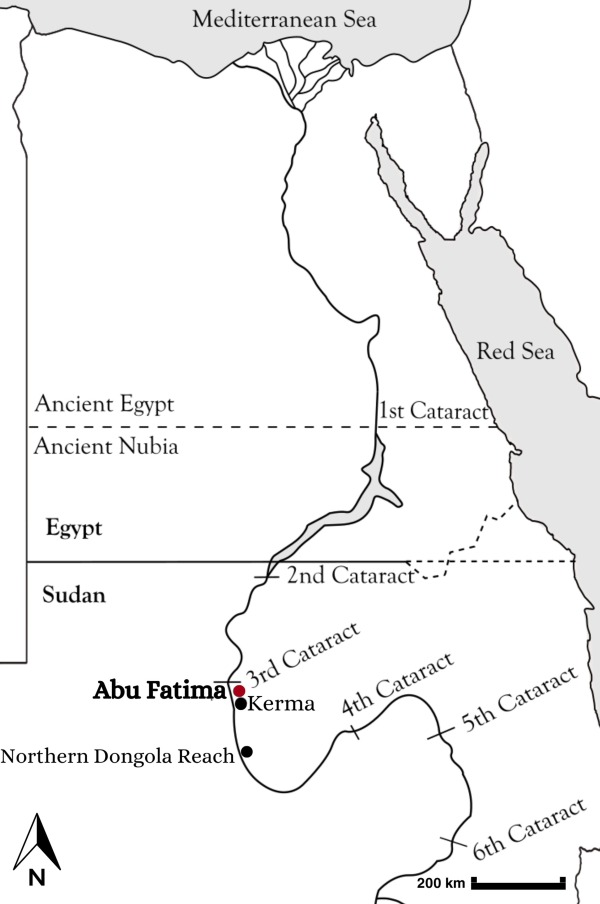
One of the most surprising findings was the burial of an elite woman, approximately 50 years old, who was interred with luxurious items such as a finely crafted leather pillow and an ostrich feather fan. Despite her elevated status, her skeleton showed the strongest markers of tumpline use, challenging the notion that physically demanding tasks were reserved for lower-status individuals. This evidence suggests that women from all social strata, including the elite, participated in labor-intensive activities involving head straps.
Additionally, the study draws connections to ancient Egyptian art, which depicts Nubian women using head straps to carry goods. These artistic representations support the idea that tumplines were a common practice in Nubian society, distinct from those in neighboring cultures, such as the Egyptians and Levantines, who did not depict women using this technique.
The implications of this research extend beyond archaeology; they underscore the resilience and contributions of women throughout history. The continued use of tumplines in rural communities today serves as a testament to human ingenuity and the enduring legacy of traditional practices.
Published in the Journal of Anthropological Archaeology, this study not only provides the earliest archaeological evidence of tumpline use but also sheds light on the vital role women played in ancient Nubian society, challenging long-held assumptions about gender roles in historical contexts. The findings invite further exploration into the social dynamics of ancient communities and the contributions of women to labor and society.
https://doi.org/10.1016/j.jaa.2024.101652
Cover Image Credit: Ojibwe woman carrying a child with the help of a tumpline (The Canadian Encyclopedia) (a); Kikuyu women carrying firewood with the help of tumplines (Visual Photos) (b & c).



